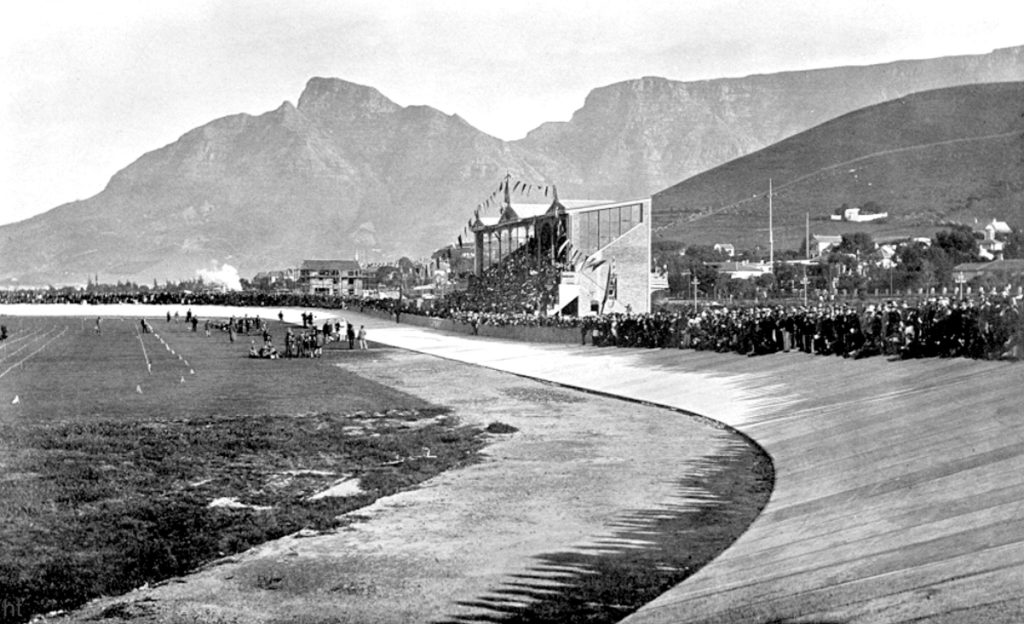Few cities around the have a towering natural monument that brings beauty and inspiration to everyday life the way Table Mountain does.
Table Mountain is more than what it seems, it is a beacon that has watched over the Mother City for centuries. It has seen Cape Town grow and change over the years and this is what it looked like along the way.
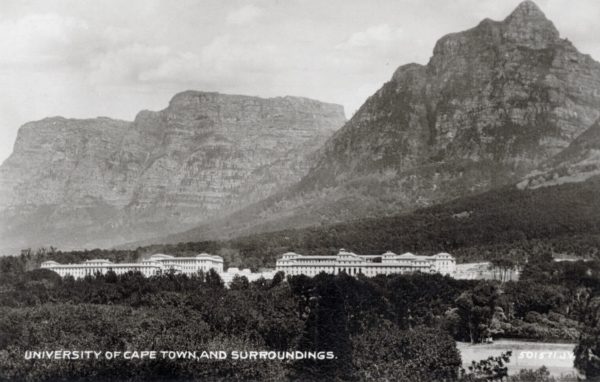
UCT is the oldest university in the country, starting in 1829 when it was first founded as the South African College. The university is built against the mountainside, and has become synonymous with the iconic Cape Town view.
Many don’t know that UCT was originally a boys-only school and it wasn’t until 1887 that women were allowed to study on the grounds.
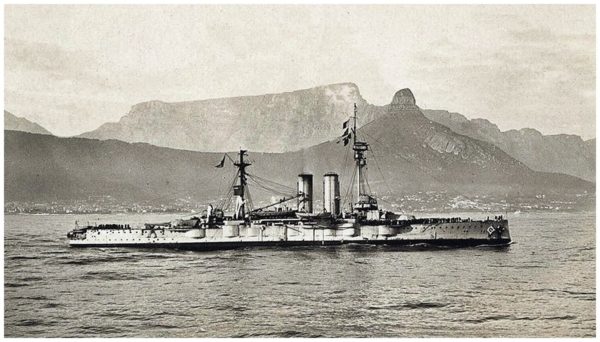
Over the years, many ships have visited the Mother City with Table Mountain watching them as they come and go. Ships big and small have cruised the Cape, for reasons including trade and tourism.
Queen Elizabeth 2, the SS United States, and the Achille Lauro are some of the famous ships which have been looked upon by the mighty Table Mountain.
In 2018, the Queen Mary 2 arrived on the shores of the Cape. It is possibly the biggest ship that has ever docked here, as Traveller24 reported it is the largest and most expensive ocean liner ever built.
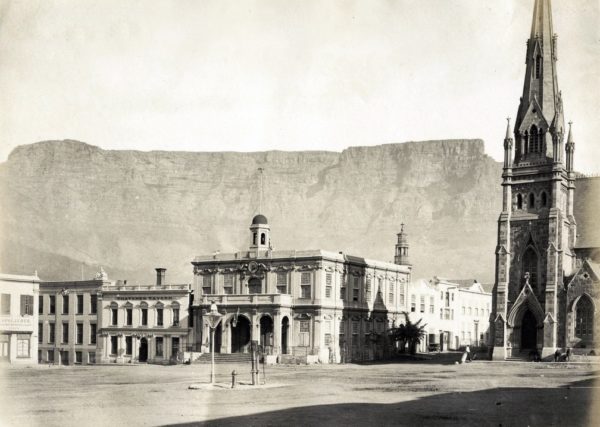
What is known today as a hub of activity and a fun market location to buy all sorts of unique, handmade goods, was not always that way. In the 1900s, Green Market Square was a quiet piece of land where many would gather before attending church.
It’s existence, however, dates back to 1696, when the first burgher watch house was put up. At the time, it was known as “Burgher Watch Square”. Later, in 1761, the house was replaced with the old town house, which served as a City Hall for a while.
In the 19th century, it was renamed as Greenmarket Square when it became a place for trade of produce. Fresh fruit and vegetables were sold by slaves working for the VoC to residents of the City. Farmers then began to display their produce in wagons and carts in the square, and it became a vegetable market.
As the city grew, the market did too, and an increased variety of goods for sale were on offer.
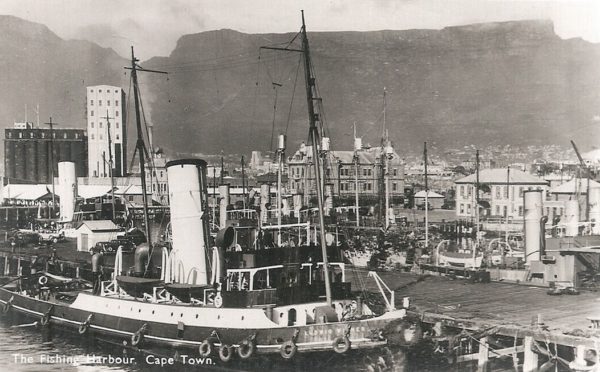
Back in the day, Cape Town’s bustling harbour took on a far more relaxed look, with ships resting in the shallow waters as Table Mountain kept a watchful eye.
The original harbour was built around 1654-5 by the Dutch settlers, and its only purpose was the supply of food and water for passing ships. As the years went by, the harbour grew much bigger and was repurposed for increased functionality.
In 1870, the construction of the Alfred Basin was completed. Just before that, the Diamond rush – which brought increasingly high numbers of ships to the area for mining – necessitated the construction of the Victoria Basin. Additionally, in 1945, The Duncan Dock was completed.
Development of the container basin, The Ben Schoeman Dock, began in 1977. This dock received an upgrade in 2007.
In 2008, Transnet undertook a 5-year-long, R4.2 billion upgrade to the Port of Cape Town’s container terminal.
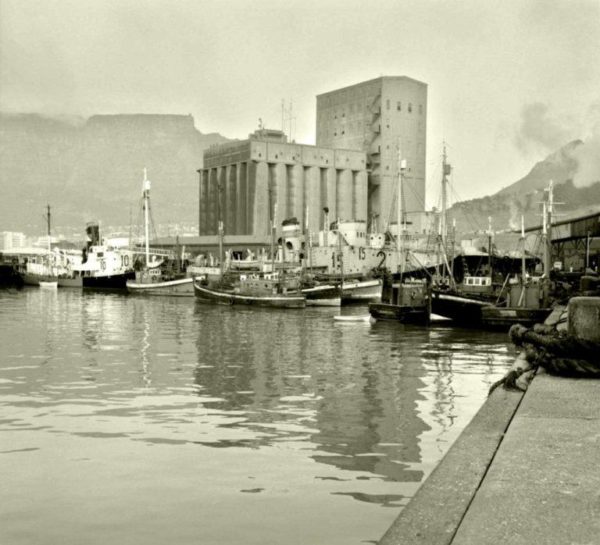
Now a hub for everything artsy, the Zeitz MOCAA used to be a humble Grain Silo that the Mother City’s favourite mountain watched over.
When it opened for the first time in August 1924, the grain silo was the tallest building in Sub-Saharan Africa (it stood at 57m tall). It played an important role in trade, export, and South Africa’s regional agricultural economies.
According to The Royal Portfolio, the first batch of maize ever received at the silo was on September 8, 1924, and two months later its first export (6.245 tons of maize for Europe) occurred.
The final export from the grain elevator in the silo took place in 1995, and in 2001 operations ceased completely.
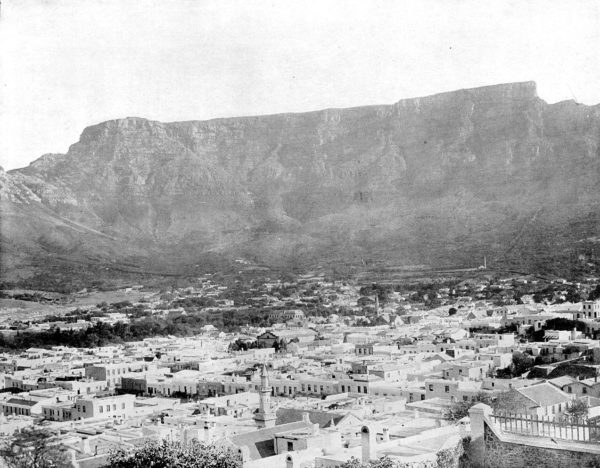
Bo-Kaap was not always colourful. Table Mountain watched over the suburb long before it donned its brightly coloured walls.
It is unclear exactly when and why the houses of Bo-Kaap took on all the colours of the rainbow. However, it is speculated that it had to do with expressions of individualism and self-reinvention, which were subdued during Apartheid, and thereafter, it was celebrated.
According to Cape Town Travel, when the houses of Bo-Kaap were built and leased to slaves, the lease stated that houses had to be white in colour. When this rule fell away, and slaves were given the right to buy houses, they painted them in vivid colours to celebrate their individuality and to express their freedom.

You can’t speak of Table Mountain without mentioning the Cableway. The journey to the summit takes visitors 704m up from the Lower Cable Station at 363m above sea-level to the Upper Cable Station which sits at 1 067m above sea-level.
The original steel and wood cable cars have been upgraded three times, first in 1958, again in 1974 and most recently in 1997, when the round cars with revolving floors called ‘rotairs’ were introduced.
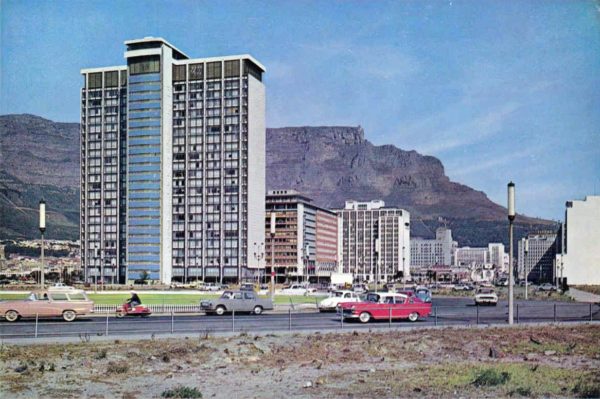
As the populations of Cape Town continued to grow, the Foreshore was reclaimed in 1937 in a desperate attempt to gain 480 acres of extra land. In 1945, the largest dry dock in the Southern Hemisphere was created and Woodstock lost its popular beach for the sake of building homes and accommodating the demand for adequate living space.
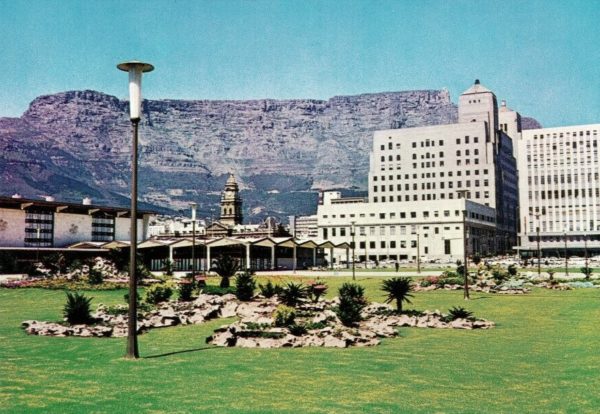
Time stops for no man or mountain and Cape Town has continued its upward spiral of change with each year.
As we look back on what has come and gone, it is a comfort to know that our mountain will always be there.
Pictures: Cape Town Down Memory Lane

